Kingston Lacy is an elegant country mansion set in attractive formal gardens and extensive parkland. The former home of the Bankes family, Sir John bought the estate in the 1630’s, Sir Ralph then built the house in the 1660’s and it was then updated and transformed by William in the 1830’s until 1981 when Ralph Bankes bequeathed the house and estate to the National Trust.
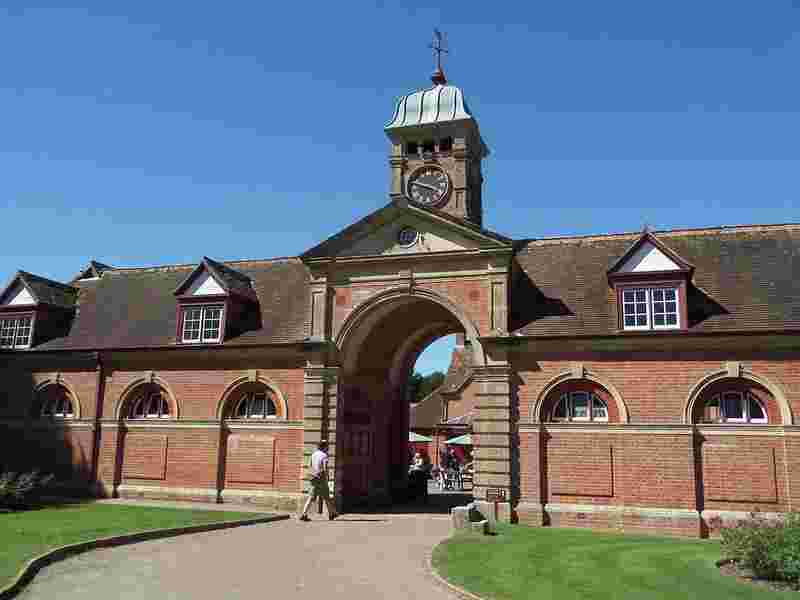
As we’d planned a visit, we had pre booked a 2.00 p.m. entrance time to the house. There is no additional charge for this and although visitors can often just walk in at any time, it’s a good idea to book ahead especially at weekends to avoid disappointment.
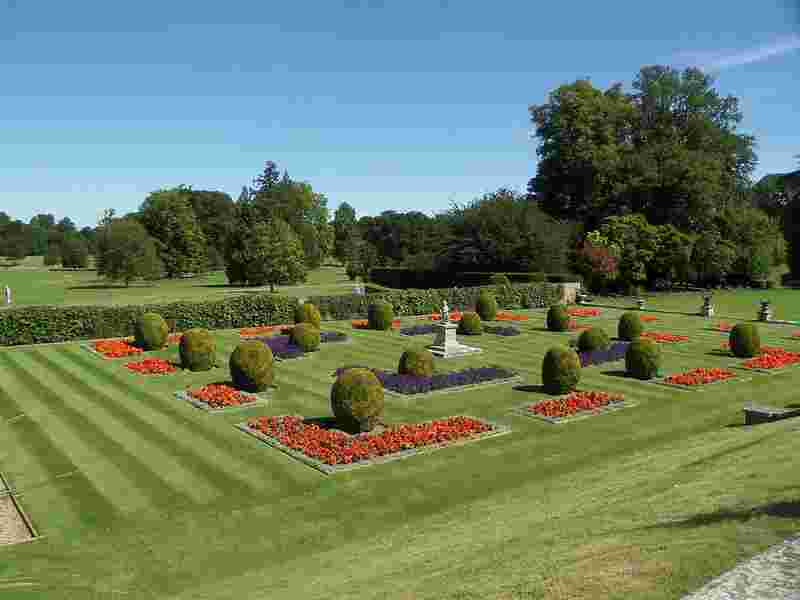
It was a little before 1.00 p.m. when we arrived, allowing us plenty of time to explore the gardens which were looking beautiful in the summer sunshine. The estate stretches for 8,000 acres, the park being home to Kingston Lacy’s herd of Red Devon cattle and numerous attractive walks. Crossing the South Lawn we admired the 6.5 metre obelisk, a monument to the adventures of William Bankes, the ‘explorer’. This six tonne obelisk took nine years to be shipped from Egypt to England, aided by the Duke of Wellington.
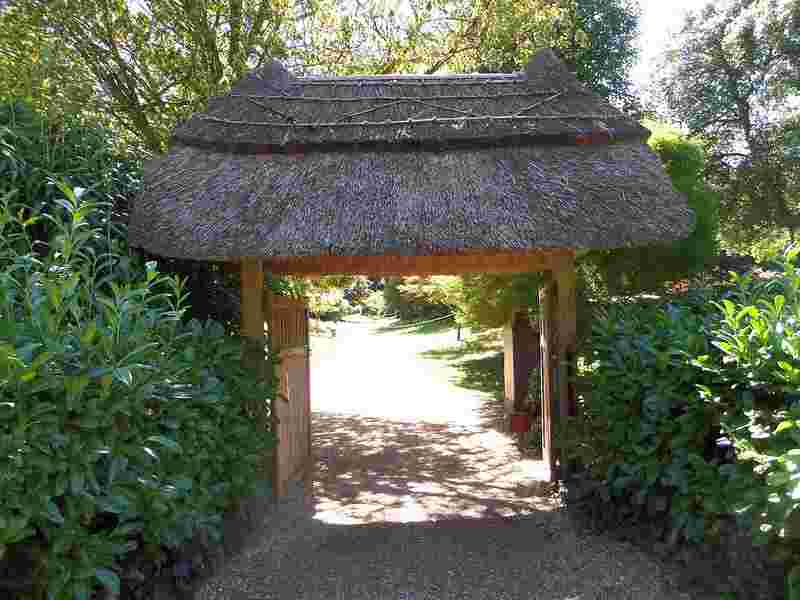
Following signs to the ‘Garden of the Rising Sun’ a seven acre Japanese Garden created in the early 1900’s the small, winding paths are surrounded by bamboo plants, granite lanterns and an authentic Japanese Tea House. The garden looked impressive during our visit but is at its best in May, when the cherry blossom is in bloom and again in October when the maple trees turn a vibrant red shade.
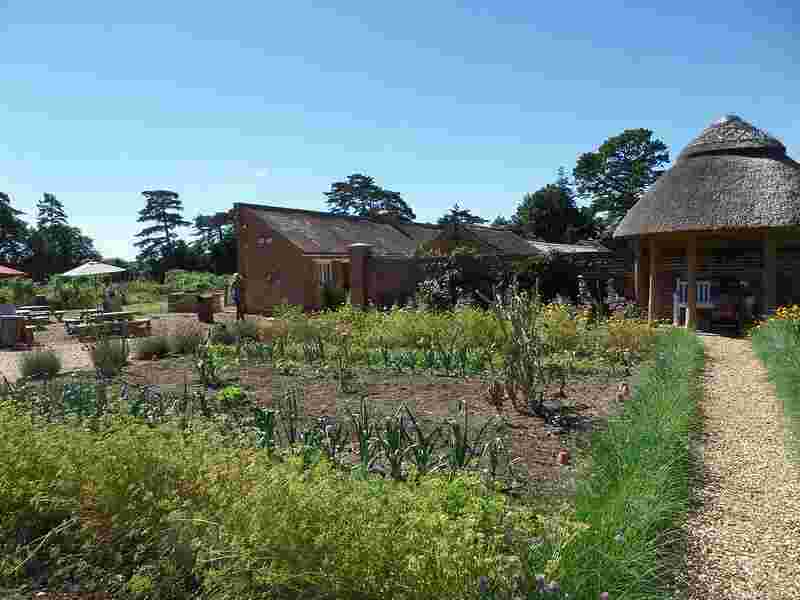
Along a few more paths and across a narrow road on the estate we came to the kitchen garden. In its hey day the Kitchen Garden here was second only to that of Kew Gardens in London. We wandered around to see what was growing, lots of Dahlias for displays in the House and cafe, together with fresh vegetables which are used in the National Trust cafe with the surplus being available for visitors to purchase next to the Head Gardener’s office. Here we found wooden crates of fresh produce and an honesty box for payments, the proceeds helping towards the upkeep of the estate.
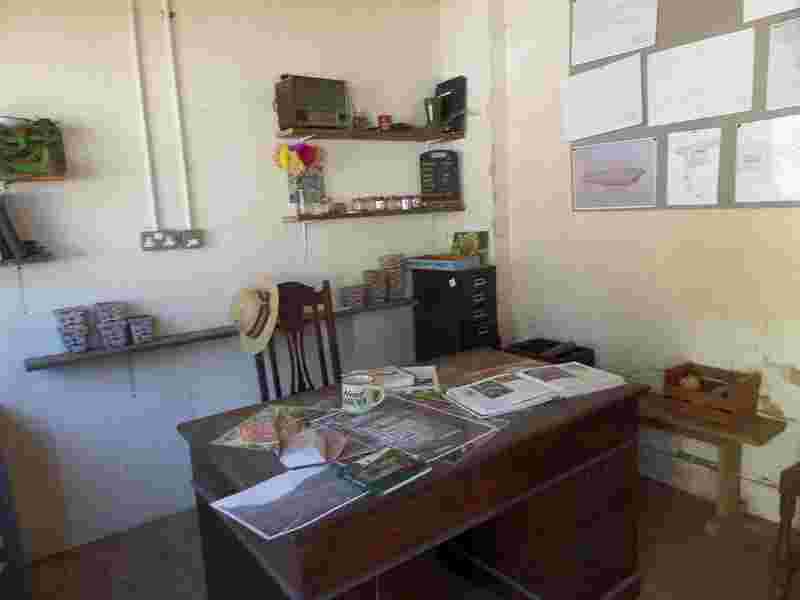
It was then time to make our way to the main house for our self guided tour of the interior. Stepping indoors, we entered an opulent era when money was no object when it came to furnishing mansions. We found marble pillars, galleried landings with intricately painted frescoes and grand carvings alongside art work from Titian, Rubens et al. The grand processional staircase of Carrara marble was William Bankes pride and joy and the National Trust volunteer explained to us that he liked nothing more than parading up and down the stairs.

From the above photo the elegant dining room can be seen with its intricate ceiling cornices, chandelier and organ. I can’t recall ever seeing organ pipes in a dining room before! To the right of the organ you can see that the large wall hanging tapestry has been turned back, this is to show where the dumb waiter (food service lift from the kitchen) was located.
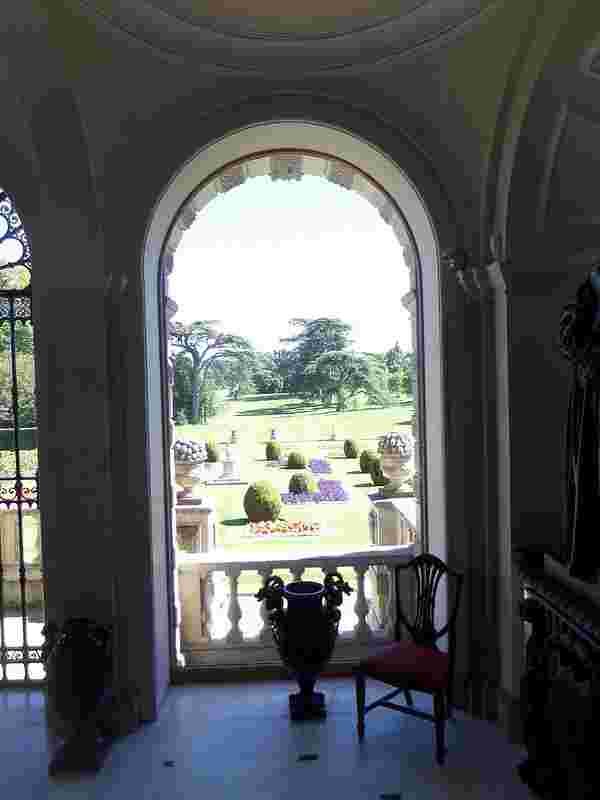
After viewing the other rooms on this floor we mounted the upper marble staircase where we admired several bedrooms including the State Bedroom with its en suite bathroom and dressing room. The beds were so high that I do believe I would have needed a step stool to climb into the bed if I was sleeping there.

One of my favourite bedrooms were the two attic ‘tent rooms’. The fashion for rooms decorated like tents began in the late 18th century in France as a Bagatelle. Attic rooms with sloping ceilings of this kind were naturally suited to this treatment. Paintings adorning the walls of the Servants Hall include views of the River Thames and Ancient Rome. The long, oak table where the servants sat together to eat their meals made me think of Downton Abbey and Upstairs Downstairs on television. The servants quarters were in the attic on the same floor as the tented rooms and instead of using the grand marble staircase, servants had to use a narrow, winding wooden set of stairs hidden behind a door so that they would not be seen and/ or disturb the household.
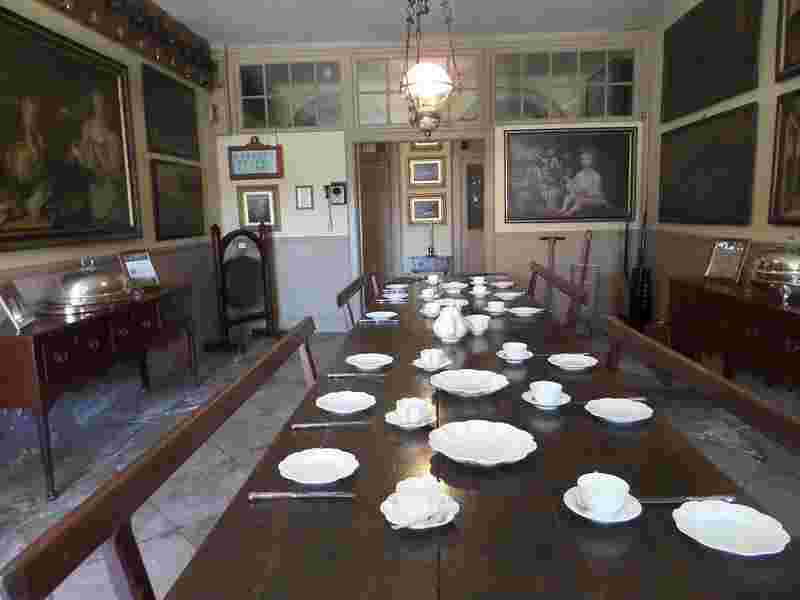
I would definitely recommend a visit to Kingston Lacy if you are in the Dorset area, it’s located just outside Wimborne Minster, approximately 12 miles from the seaside resort of Bournemouth. Further details can be founded on the National Trust site here.
If you have enjoyed reading this post you may also like:
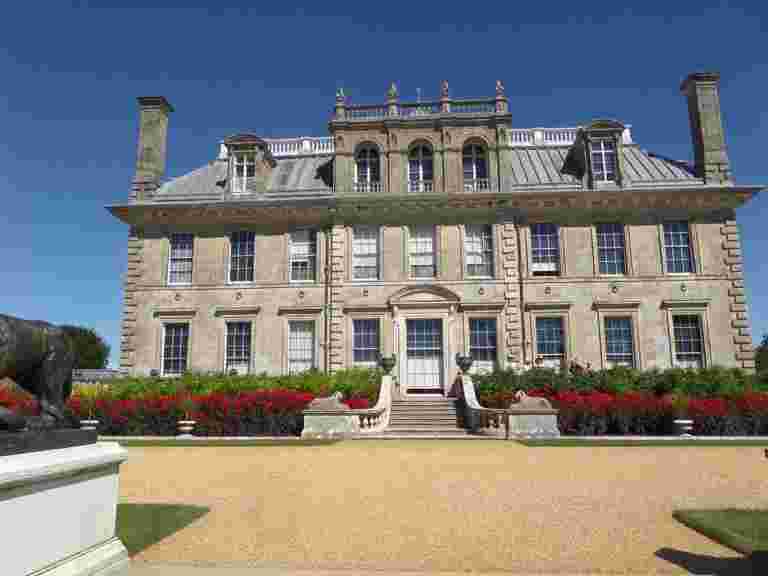

Leave a comment